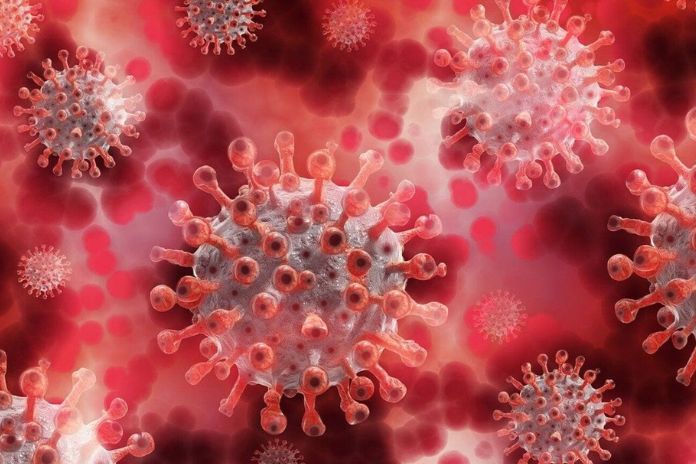COVID-19 is once again making headlines, with a steady rise in cases in countries like Singapore, India, Hong Kong, Thailand, and China. The surge is being attributed to the spread of new and more transmissible variants, especially JN.1 and its subvariants LF.7 and NB.1.8. While most infections remain mild, health authorities across Asia are stepping up efforts to monitor and manage the situation.
In Singapore, the Ministry of Health reported a significant increase in COVID-19 cases during the week of April 27 to May 3, 2025. The number of cases rose to 14,200, up from 11,100 the week before. Although daily hospitalisations also increased from 102 to 133, the number of patients in Intensive Care Units actually dropped slightly from three to two. According to the ministry, hospitals are currently equipped to handle the rise, and the situation remains under control. The new subvariants circulating in Singapore are considered highly contagious, though the majority of cases are showing mild symptoms.
India is also seeing a rise in cases, though on a much smaller scale. According to health officials quoted by PTI, India has recorded 257 active cases as of early May 2025. The government is closely monitoring the trend with increased vigilance. Surveillance and testing are being ramped up in key states, especially in areas where respiratory illness cases have increased. While the current numbers are not alarming, health authorities are staying prepared for any potential escalation.
Other Asian regions such as Hong Kong, Thailand, and even China are also reporting a rise in COVID-19 cases over the last few weeks. These increases are believed to be influenced by factors such as seasonal changes, international travel, and the ongoing evolution of the virus.
The JN.1 variant and its sublineages are part of the Omicron family and are known for their ability to spread quickly and partially evade immunity. Common symptoms remain similar to previous Omicron waves, including fever, sore throat, fatigue, runny nose, dry cough, and loss of smell or taste. Though most cases do not require hospitalisation, those with underlying health conditions or weaker immune systems are at higher risk.
Governments are urging citizens to stay up to date with vaccinations and booster doses, practice good hygiene, wear masks in crowded or enclosed spaces, and avoid going out when feeling unwell. These basic precautions remain essential in keeping both individuals and communities safe.
The recent surge serves as a reminder that while COVID-19 may no longer dominate global headlines as it once did, it hasn’t disappeared. With the virus continuing to evolve, staying informed and cautious is key to avoiding larger outbreaks.










